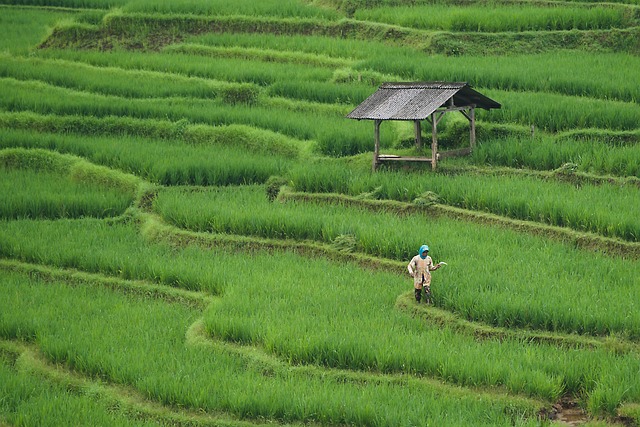No-till farming has emerged as a beacon of hope for sustainable agriculture amid the challenges of climate change and desertification. As our environment faces increasing threats from rising temperatures, erratic weather patterns, and degraded soils, farmers and environmentalists alike are turning to innovative practices that help to restore our planet’s natural balance. No-till farming, a method that reduces soil disturbance by allowing crops to grow without the practice of tillage, presents numerous benefits, not only for farmers but for the entire ecosystem.
The environment is at the heart of no-till farming. Traditional farming practices often lead to soil erosion, which in turn exacerbates desertification—a process that turns fertile land into barren deserts. When farmers plow their fields, they disrupt the soil structure, diminish organic matter, and expose soil to the elements. In contrast, by maintaining the soil’s integrity, no-till farming encourages the development of healthy ecosystems underground. Beneficial microorganisms and earthworms thrive in undisturbed soil, contributing to nutrient cycling and improving soil fertility.
In the face of climate change, the advantages of no-till farming are becoming increasingly clear. With the right practices, farmers can reduce their carbon footprint significantly. When soil is left undisturbed, it sequesters carbon instead of releasing it into the atmosphere, helping mitigate the effects of greenhouse gases. Furthermore, no-till farming enhances water retention in soil, which is vital as global warming leads to fluctuating precipitation patterns. In arid and semi-arid regions, this method allows for greater resilience against drought, ensuring that crops can flourish even when rainfall is scarce.
Farmers adopting no-till practices are witnessing bountiful harvests without the detrimental impact on the land. By utilizing cover crops and crop rotation, these farmers create a diverse ecosystem that not only protects the soil from erosion but also helps to combat pests naturally, reducing the need for chemical inputs that can further harm the environment. This sustainable agricultural approach not only nurtures the land but also fosters a deep connection between the farmer and their surroundings.
As we continue to grapple with the realities of desertification, the shift towards no-till farming represents a proactive stance against land degradation. Communities are gaining knowledge and resources around this agricultural revolution, allowing them to reclaim their landscapes and establish food security. Educational initiatives and support networks are essential in disseminating information about the benefits of no-till practices. When farmers are equipped with the right tools and understanding, they become champions of the environment, promoting sustainable stewardship of the land.
In light of the climate crisis, embracing no-till farming is not merely an option; it is a necessity. As we work to safeguard our planet for future generations, the principles of this revolutionary agricultural practice serve as a powerful reminder that we are all interconnected with the ecosystems around us. Transforming our agricultural techniques is a step toward a more sustainable future—one where the land can thrive without the scars of traditional farming methods. Together, we can forge a path toward healing our planet and combating desertification, ensuring that our food systems remain resilient in the face of ongoing environmental challenges.


